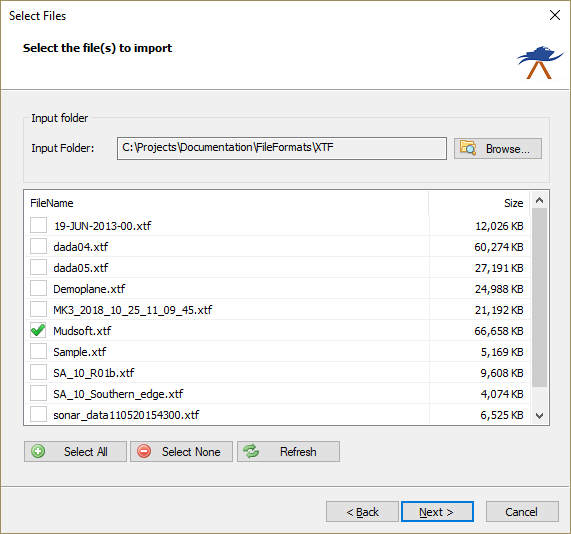

Specifies whether the contents of an existing file are preserved or overwritten, and whether requests to create an existing file cause an exception. Specifies the level of access permitted for a file that is already in use. Specifies read and write access to a file. The following table describes the enumerations that are used to customize the behavior of various File methods.
Flareget import options full#
If you are going to reuse an object several times, consider using the corresponding instance method of FileInfo instead, because the security check will not always be necessary.īy default, full read/write access to new files is granted to all users. The static methods of the File class perform security checks on all methods. All File methods require the path to the file that you are manipulating. For more information, see specific File members such as OpenText, CreateText, or Create.īecause all File methods are static, it might be more efficient to use a File method rather than a corresponding FileInfo instance method if you want to perform only one action. You can use these other types to further manipulate a file.

Many of the File methods return other I/O types when you create or open files. If you want to perform operations on multiple files, see Directory.GetFiles or DirectoryInfo.GetFiles. You can also use the File class to get and set file attributes or DateTime information related to the creation, access, and writing of a file. Use the File class for typical operations such as copying, moving, renaming, creating, opening, deleting, and appending to a single file at a time. Using sr As StreamReader = File.OpenText(path) Using sw As StreamWriter = File.CreateText(path) Using (StreamReader sr = File.OpenText(path))ĭim path As String = "c:\temp\MyTest.txt" Using (StreamWriter sw = File.CreateText(path)) Ensure that the target does not exist.Ĭonsole::WriteLine( "", e ) String^ path2 = String::Concat( path, "temp" ) StreamReader^ sr = File::OpenText( path ) StreamWriter^ sw = File::CreateText( path ) Before running the code, create a c:\temp folder.
Flareget import options how to#
The following example demonstrates how to use the File class to check whether a file exists, and depending on the result, either create a new file and write to it, or open the existing file and read from it.


 0 kommentar(er)
0 kommentar(er)
